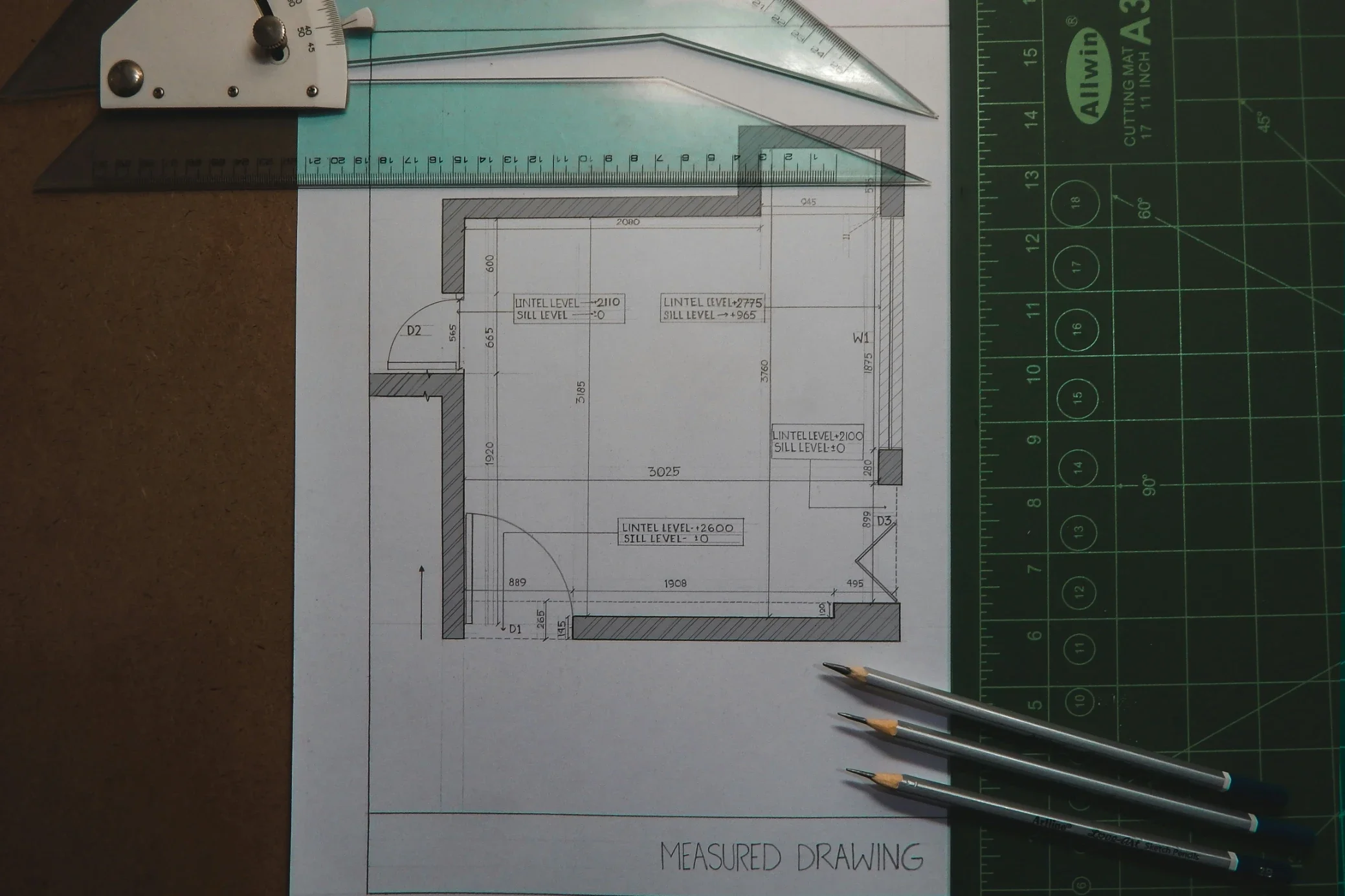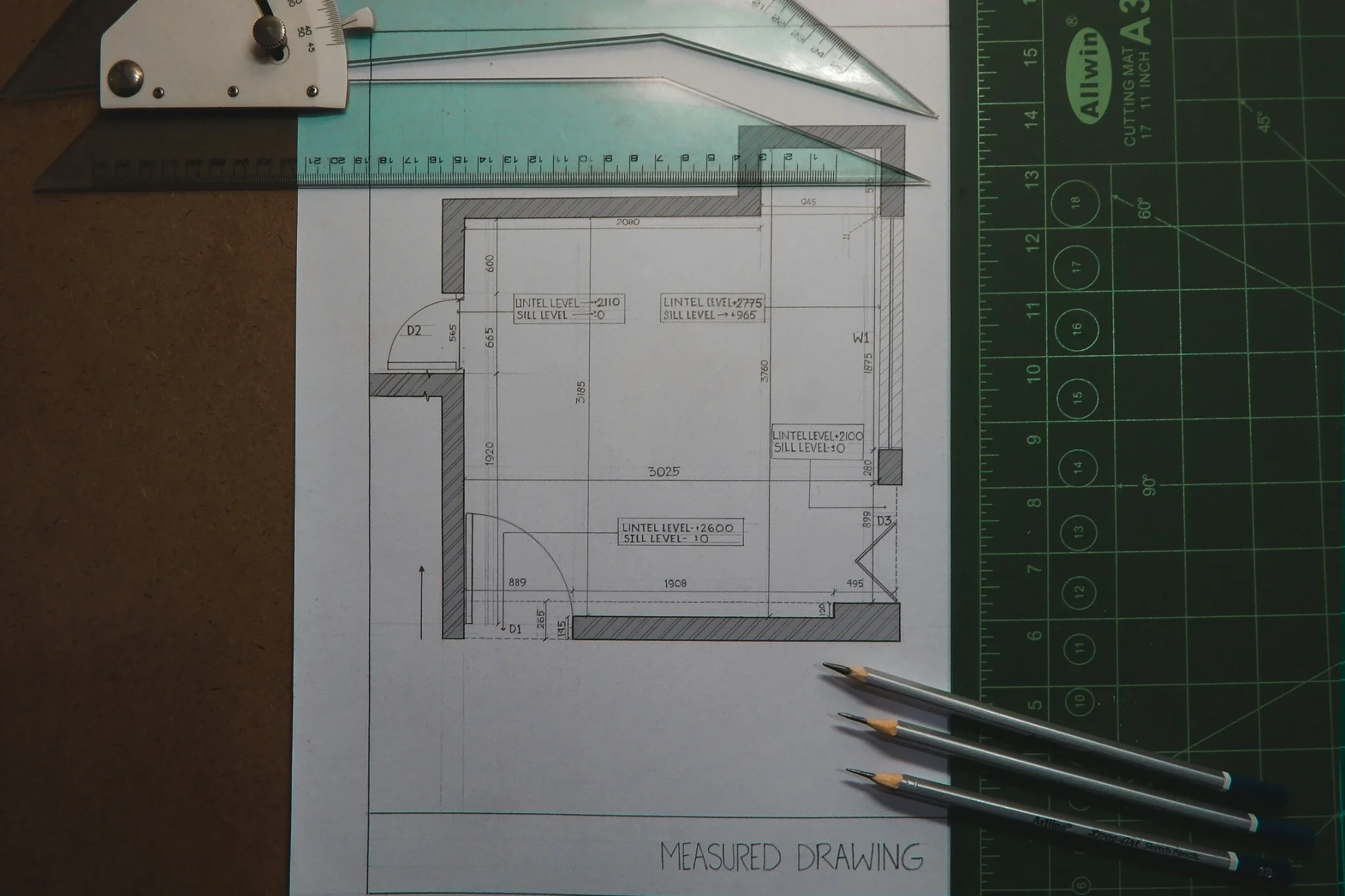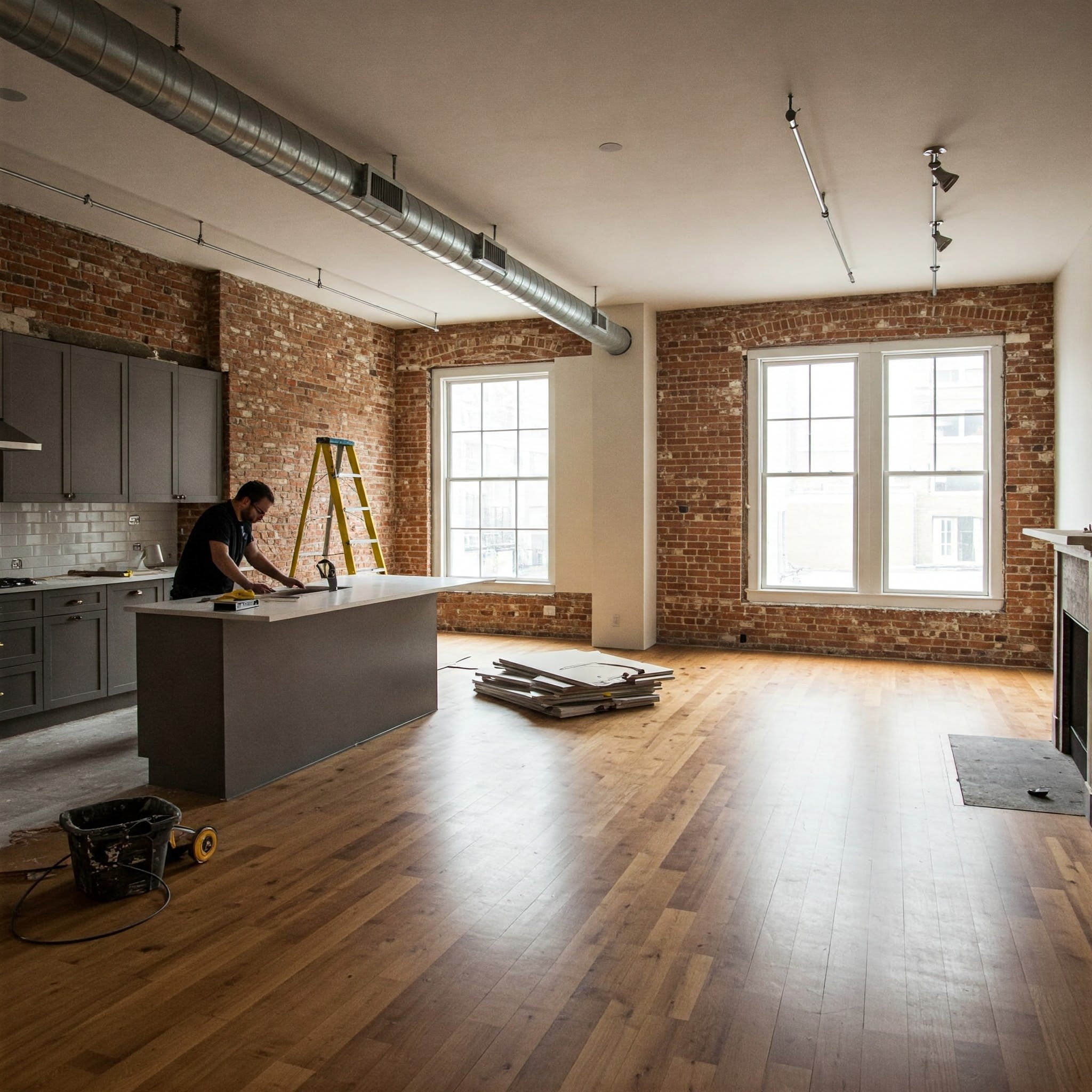How To Stay On Top Of Renovation Paperwork
Stay organized during your renovation by mastering permits, contracts, and key documents. Learn how to track paperwork and avoid stressful delays.
Like money, attention is a scarce cognitive resource that should be managed with care. But with so many factors to weigh, how do you know for sure it’s the right time to upgrade or renovate? If you’re on the fence about selling and upgrading or remodeling your existing home, it helps to step back, breathe, and evaluate a few key dimensions. Case in point: financial readiness, lifestyle needs, market conditions, and emotional attachment. Renovating is more than just changing a space. It’s about transforming the way you live and creating an environment that’s truly yours, blending functionality with beauty.
Careful planning at the outset can make all the difference in how smoothly your renovation goes. Proper documentation is of the essence, ensuring protection against challenges that might arise, such as budget overruns, disagreements with contractors, inspectors, or suppliers, and warranties, to name a few. Those records serve as the proof, protection, and value of your investment, so you ought to keep them meticulously organized. From the important to the minuscule, the sea of paperwork stretched on without end. Bringing some order to your documents gives you clarity about what you have; it can also give you a greater sense of control.
Key Documents You Should Keep
Let’s look at what you should keep and lock up to ensure peace of mind throughout your project.
Contracts: You should always get agreements with contractors and subcontractors in writing to protect you and your investment in your home. Above all, it helps prevent misunderstandings and false expectations, both of which can lead to a breakdown in your relationship.
Change Orders: Modifications of the original plan can spring from design tweaks, project scope changes, or unforeseen issues, especially in older homes. Have written and signed approvals for any changes to the original plan or cost.
Permits & Approvals: Permits are required for improvements that affect a home’s structure, roofing, electrical, plumbing, or HVAC systems. Failure to obtain approval, even if you hire a contractor, can stall your project.
Invoices & Receipts: Don’t underestimate the importance of invoices and receipts. You can add the cost of capital improvements to your home’s purchase price, which can reduce taxable gains when you sell. If damage occurs, insurance companies may ask for proof of purchase to reimburse you.
Warranties: Warranties cover defects, poor craft, and more down the line. They also add value to your property and make it easier to sell in the future.
Before/After Photos: Before and after photos help you see firsthand the quality of the work and picture how you could make your home better. Sharing your results with friends and family can inspire them to take on their own projects.
Plans/Blueprints: They show exactly what’s being built, remodeled, or altered, ensuring everyone (contractors, inspectors, designers) is on the same page. Keeping plans and blueprints makes future projects easier.
Physical Vs. Digital Organization: Pros And Cons
Physical organization, such as binders or folders, provides a tangible way to keep track of documents. It’s simple, requires no technical skills, and can be especially useful for contracts or permits that need to be displayed on-site for safety, legal compliance, and clear communication. If you’re drowning in paperwork and are anxious about misplacing critical files, digitization will help your organization get ahead. It’s much easier to click on a file folder than to sift through cabinets, and you can even skip the task of making copies since everyone can access the latest version instantly. With secure file sharing, you can keep all renovation documents in one place.
Though emails can be intercepted, secure file-sharing services encrypt your documents, protecting them from unauthorized access and potential risks such as identity theft. Standard cloud storage is usually fine, especially if you’re only sharing with trusted contractors or family members, but for sensitive files like contracts, you need a more secure method (if you want to sleep better at night). The Internet is the last place you can expect privacy. If you don’t want to hand over your personal data, choose a reputable provider that offers end-to-end and robust security features so that only you and the intended recipient can read the files.
Tips To Stay Organized
Whether you work with paper documents, electronic files, or a mixture of both, it’s imperative that they are systematically organized and readily retrievable. Tempting as it may be to put a document away in a pile on your desk or keep it in your inbox for later, you should get that information organized. A signature confirms that you and the contractor have reviewed, understood, and accepted the contract’s terms, conditions, payment schedule, and scope of work. Without it, it’s merely a proposal. The date establishes when legal controls began. Terms often change via change orders, and the date ensures everyone knows which version is the current, legally binding one.
Updates guarantee you and them are on the same page. If you notice an issue, the update lets you fix that error, clearing up confusion and preventing disputes. For example, your renovation contract mentions “installing new flooring”. The contractor might assume laminate when you actually meant hardwood. Sharing updates with family members helps manage expectations and minimize stress when living through a renovation. They’ll know which parts of the house are inaccessible, when utility shut-offs are scheduled, and what the daily dust or noise levels will be. File sharing creates a single, easy-to-access location for all details, so your loved ones don’t have to sift through old texts or emails.
Last but certainly not least, you should review paperwork on a weekly basis to catch errors in the nick of time. Cross-reference new invoices and receipts against the approved budget and goods to avoid overpaying for materials and be sure the contractor sticks to the agreed-upon payment schedule. If there is a discrepancy, you can address it while the details are fresh for everyone involved, sorting things out more quickly. Set aside half an hour every Friday to Sunday to focus exclusively on renovation documents.






























